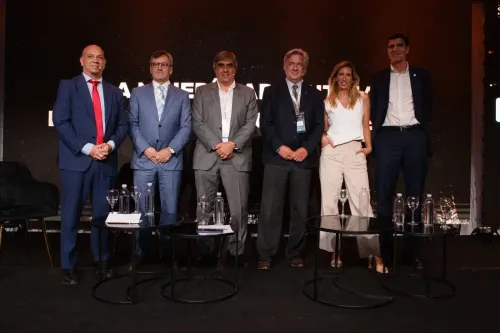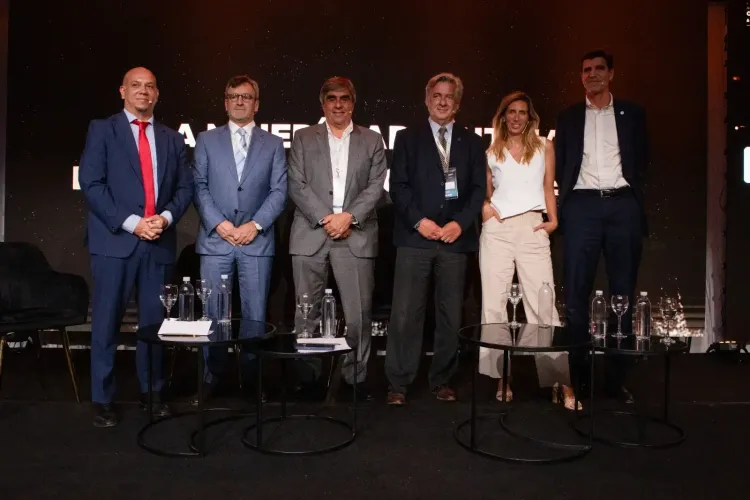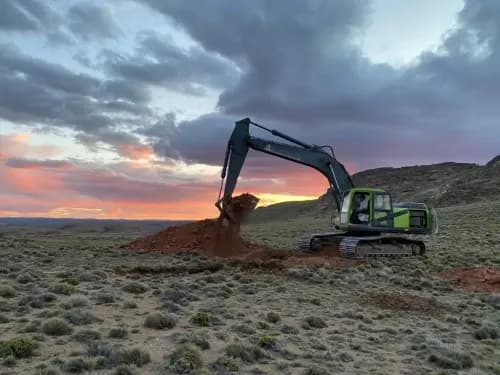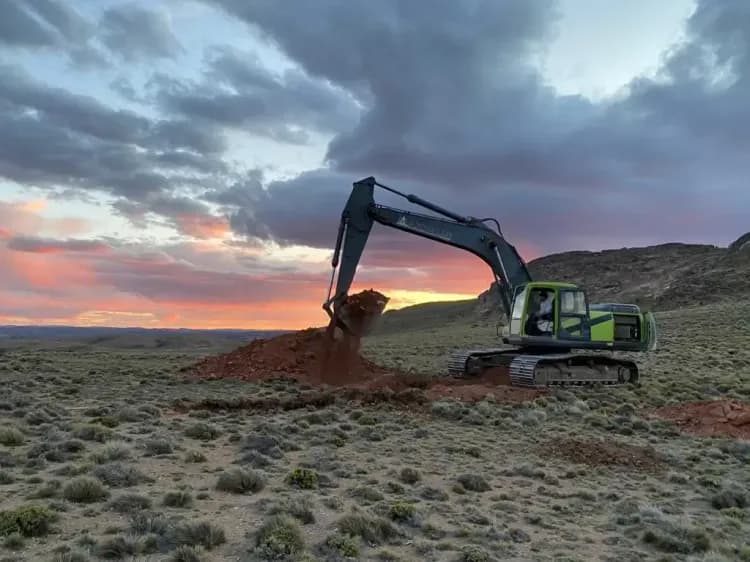The International Council on Mining and Metals (ICMM) has released the seventh edition of its Mining Contribution Index (MCI), which measures the relative importance of the mining sector in national economies. Argentina ranks 107th out of 110 countries, while Africa leads the ranking with nations where mining forms the backbone of GDP and exports.
By Panorama Minero
Mining remains a key driver of development for dozens of economies, particularly in low- and middle-income countries. The 2025 edition of the MCI — based on 2022 data — analyzes the weight of the mining sector within national economic structures and its relationship to natural resource governance, transparency, and the Sustainable Development Goals (SDGs).
The index consolidates into a single figure the degree of mining’s relevance in each economy, using three main indicators:
-
The value of mineral and metal exports as a share of total exports
-
The change in that share over the past five years
-
The value of mining production as a percentage of GDP
Unlike previous editions, the 2025 MCI excludes the “mineral rents” indicator due to a lack of updated World Bank data, reducing the number of countries analyzed from 183 to 110.
Africa and Central Asia Lead the Ranking
The Democratic Republic of Congo, Mali, and Mongolia top the list, with mining sectors that make up core components of their GDP and exports. Congo moved past Burkina Faso to the top spot thanks to rising copper and cobalt production, with 88% of its exports tied to mining and a production value equivalent to 33% of GDP.
They are followed by Mali and Mongolia, with over 80% of exports linked to mining and strong growth in gold and copper production. The rest of the top 10 includes Zimbabwe, Mauritania, Liberia, Burkina Faso, Sierra Leone, Tajikistan, and New Caledonia.
More than two-thirds of the top 25 are low- or middle-income economies, reflecting a structural dependence on the extractive sector. As the report clarifies, “the index does not measure economic success, but the relative importance of mining in national productive activity.” A high ranking does not necessarily imply inclusive development.
Mining, SDGs, and Governance
The ICMM, which represents one-third of the global mining industry, also examines the relationship between a country’s MCI ranking and its progress in governance and sustainability.
According to the report, 8 of the 10 top-ranked mining countries are part of the Extractive Industries Transparency Initiative (EITI), showing varying levels of progress in accountability and revenue oversight. However, 88% of the 25 countries with the highest mining contribution to GDP rank in the lower half of the UN’s Sustainable Development Goals Index, underscoring that high dependence on mining does not guarantee improved social or environmental outcomes.
The key lies in the “quality of mining governance.” Countries that successfully transform subsurface wealth into sustainable prosperity apply robust regulatory frameworks, encourage transparency, and promote responsible production practices.
Argentina at 107: Expanding Potential, Limited Economic Weight
Argentina ranks 107th out of 110, with an MCI score of 17.6 points, reflecting a diversified economy where mining still plays a modest role.
In 2022, mineral and metal exports accounted for 1.4% of total exports, down 5.7 percentage points from 2017. Mining production value represented just 0.72% of GDP.
This position does not reflect poor performance but rather low relative dependence on mining. Argentina shares this profile with Kuwait, Azerbaijan, and Turkmenistan, where energy, agribusiness, and services dominate the economy.
However, ICMM notes that the energy transition and rising global demand for critical minerals could change this picture. In 2024, Argentina became the fourth-largest lithium producer globally, and with 17 projects under development, the country could move up the ranking in future editions.
Rising Exports and Shifts in the Productive Structure
According to CAEM’s “Mining for Argentina’s Growth” report, 2025 will be a record year for mining exports, projected at US$ 5.088 billion, up 14% from 2024. Mining is now the country’s fifth-largest export complex, with 70% of shipments in gold, 14% in lithium, and 12% in silver.
In 2022, exports totaled US$ 2.159 billion in gold, US$ 802 million in silver, and US$ 696 million in lithium. Over three years, lithium production volume tripled, while gold and silver declined:
-
Gold: projected 2025 output of 1.13 million oz (–10% YoY, –39% vs. 2018)
-
Silver: 21.3 million oz (–7% YoY, –32% vs. 2018)
-
Lithium: 115,000 t LCE (+54% YoY, +238% vs. 2018)
Despite lower physical volumes, revenues for gold and silver are at record highs thanks to soaring international prices (gold above US$ 4,000/oz; silver at US$ 47–48/oz).
Fiscal Contributions and Tax Burden
CAEM estimates that 80% of mining revenue remains in the country. In 2025, total fiscal contributions will reach AR$ 1.4 trillion, split 62% for the federal government and 38% for provinces.
CAEM President Roberto Cacciola argues this distribution should be revised to better incentivize development in producing jurisdictions. He also warned that Argentina’s 53% total tax burden is “one of the highest in the world.” Even with the Large Investment Incentive Regime (RIGI), which lowers it to 39%, Argentina remains above Chile’s 38%.
Export duties (4.5% for lithium and silver) generate about US$ 40 million annually from lithium and US$ 27 million from silver, but Cacciola cautioned that these levies discourage investment.
Employment, Suppliers, and Territorial Impact
Mining generates over 100,000 jobs in Argentina, 40,000 of which are direct, with some of the highest wages in the country. A typical project activates hundreds of suppliers during exploration and construction, and over 500 during operations.
“Mining has a spillover effect comparable to very few industries. During construction, more than 800 suppliers are engaged, stabilizing at around 550 later. This shows its real weight in communities and in the national economy,” Cacciola said.
Argentina Could Climb 30 Positions
According to ICMM, the future of the sector depends not only on productive capacity but also on governance quality. Companies must adopt sustainable practices, and governments must strengthen regulatory frameworks.
The contrast between MCI data (2022) and CAEM figures (2025) illustrates the sector’s rapid evolution: Argentina could rise 20–30 positions, reaching around 75th place in the next ranking.
The growth of lithium, record export levels, and new investments support this projection — provided the country advances in transparency, traceability, and sustainability, the pillars ICMM uses to assess mining’s real contribution to development.


























